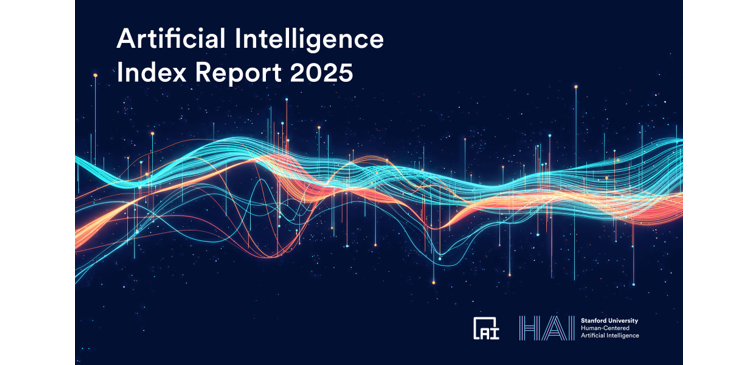of my comfort zone and trying a style I haven’t used before. This post will be essayistic and metaphorical, relatively short, drawing on ancient philosophy to reflect on modern data science.
I hope it entertains you—and sparks a few reflections along the way.
In Plato’s Republic, prisoners sit chained inside a cave. There’s a fire burning behind them and, on the wall before them shadows flicker. These shadows are all the prisoners ever see. They mistake them for reality itself, unaware that outside the cave lies the true world, full of light and substance.
How different is that to working with data? It often feels like living in that cave. Our datasets are shadows—projections of a deeper, richer reality. Rows and columns of numbers capture fragments of life: a purchase, a medical record, a click on a website, a football event… But the lived experience behind those points—the motives, the context, the uncertainty—remains outside our view.
As the prisoners inside a cave, it is tempting to treat the shadow as the thing itself. The difference between them and us is that we have the capacity (and obligation) to be aware of the fact that they are shadows, and they don’t necessarily show the truth.
A churn model predicts who will leave a platform. A medical algorithm estimates risk. An expected goals model is used to determine the quality of each scoring chance. All of these are useful. But none of them are reality. They are shadows—partial, distorted, and incomplete.
The problem is not that shadows exist, but that we forget they are shadows.
The real danger comes when we forget this. When we confuse a model with the truth, or mistake prediction for understanding, we risk turning shadows into dogma. Just as the prisoners in Plato’s cave believe the wall tells the whole story, we too can be blinded by our results and metrics.
Yet Plato’s story is not only a warning—it is also an invitation. Shadows, though imperfect, reveal something real. They carry structure, patterns, signals that matter. The key to act more wisely is to approach them with humility.
Our job is to remind decision-makers and other stakeholders that these numbers and models we work on are simply reflections, not reality itself. The role of a data scientist is therefore to help others see the fire behind the shadows, not to reveal the absolute truth.
Plato’s cave still speaks to us today. We can never step entirely outside of data, because reality is always richer than the tables and graphs we construct. Yet if we remember that our datasets are shadows, we can work with them carefully. The goal is not to escape the cave, but to live wisely within it.
And the way to deal with these shadows we face daily is through Stoicism. It might have very little to do with Plato’s philosophy, yet there’s plenty of relationships between different philosophy schools and data science.
Stoics focused part of their work on managing uncertainty: They reminded us to focus solely on what’s within our control and accept what lies beyond it.
The uncertainty we face isn’t different from that from the prisoners in the cave: The shadows on the wall—the incomplete datasets, the imperfect models, the unavoidable uncertainty—are largely out of our control.
We control, though, how we interpret them, how we communicate their limitations and how we use them to guide decisions responsibly.
Working with data can be seen as a daily Stoic exercise (if done well). It trains patience, resilience, humility, and discernment. There’s a concept that fits perfectly within today’s context: calm curiosity. That’s how we must approach the shadows, by extracting insight where possible, but never mistaking a flicker on the wall for the full truth.
To conclude this short essay, by combining the lessons of Plato and the Stoics, we defined key a few philosophical aspects of data science:
- We recognize that what we see are only shadows, not the full picture (Plato’s Cave).
- We accept the limits of our knowledge and act within those limits (Stoicism).
Contrary to what some would think, shadows are not the enemy. They are instead our guides, if we know how to read them.

